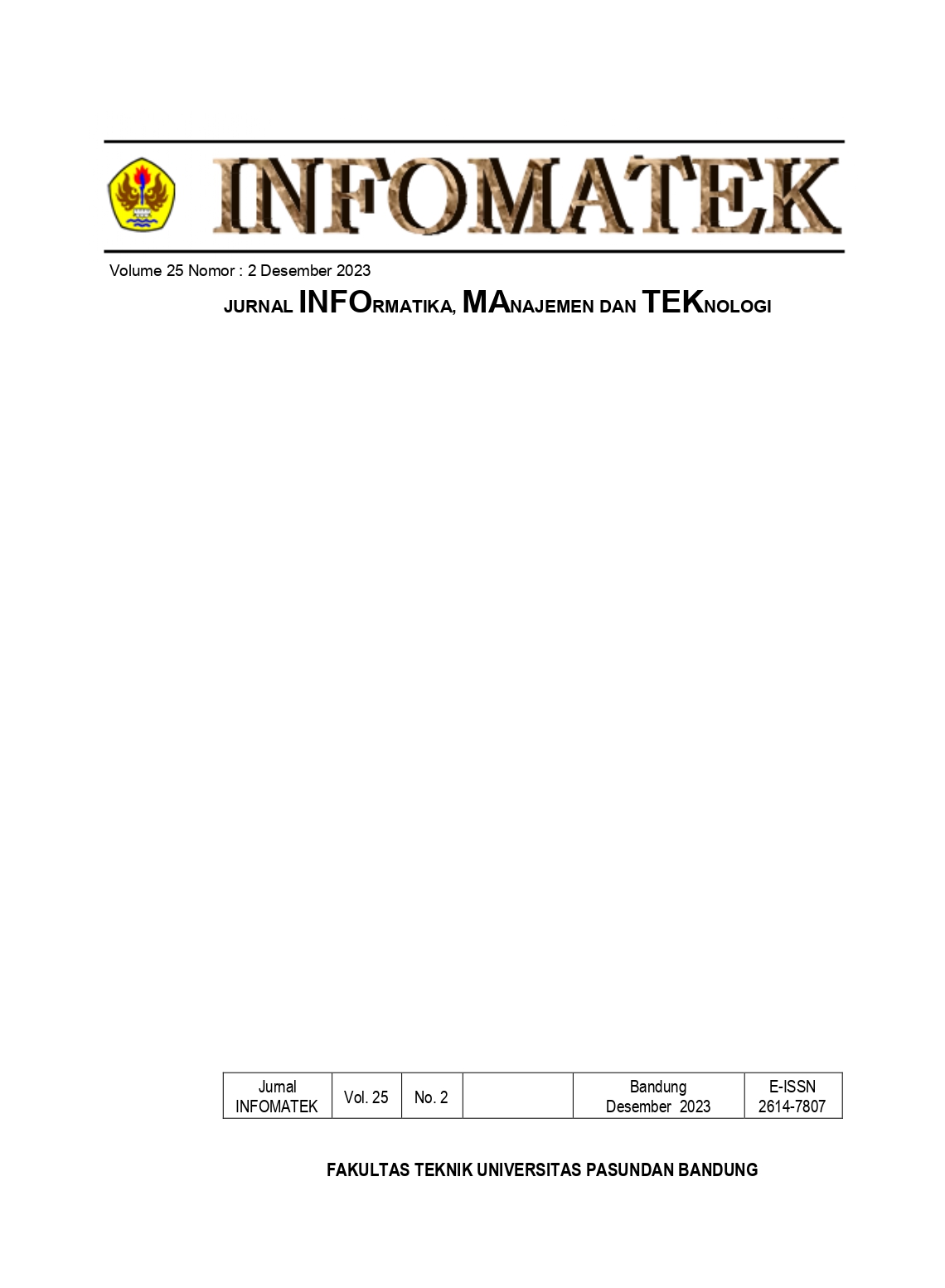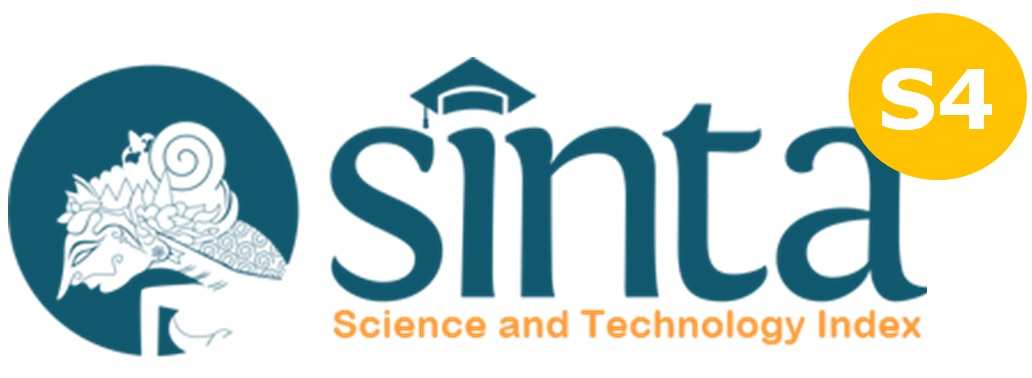Menentukan Tingkat Produksi dan Distribusi Produk Makanan Tradisional Berumur Pendek Untuk Meminimasi Kekurangan dan Kadaluarsa
DOI:
https://doi.org/10.23969/infomatek.v25i2.6410Keywords:
Batch, kadaluarsa, optimal, lost saleAbstract
This paper contains a model to determine the optimal production level in batch size and determine the delivery pattern to minimize shortages and expiration. This paper is part of a case study on traditional tofu small and medium enterprises located in Cianjur, West Java. One of the problems that are often faced is the frequent occurrence of shortages and expiration due to inappropriate daily production levels and the length of time for product delivery to traditional markets in the surrounding area. There are three important steps in this paper, namely 1) determining the optimal daily production level based on cost criteria, 2) determining the order of product distribution to several retailers by considering the savings in distance or travel time, 3) determining the schedule of production and distribution activities taking into account the age of the product, namely one day. The method used to determine the daily production level is to make a mathematical model by considering the costs due to shortages, namely lost sales costs and losses due to expiration (expired costs). The model is validated by numerical method. Meanwhile, to determine the delivery pattern, the saving matrix method (Nyoman Pujawan) is used. From the calculation results, the optimal daily production level is 5000 units which is equivalent to 3.125 batches, with the production start time from 14.00 to 23.00. Product delivery is divided into 3 groups or shipping routes, namely group 1 distribution to retail 1 and 5, group 2 distribution to retail 2 and 3, while the last route is to retail 4. The shipping process uses one fleet starting from 23.00 to 05.00. In this case the company only has one fleet.
Downloads
References
Berita harian — KONTAN.CO.ID – JAKARTA 12 Des 2021, tentang pertumbuhan industry makanan dan minuman, https://industri.kontan.co.id/news/gapmmi-ramal-industri-mamin-bisa-tumbuh-5-sepanjang-tahun-2021-ini-pendorongnya
Djoko Luknanto, Pengantar Optmasi Non Linier, Laboratorium Teknik Sipil, Universitas Gajah Mada, Mei 2000. https://luk.staff.ugm.ac.id/optimasi/pdf/Nonlinier2003.pdf
I Nyoman Pujawan, Supply Chain Management, , Institut Teknologi Sepuluh Nopember, Edisi 2, 2010. ISBN 979-545-053-0
Ny Gan, Jurnal Nasional, Formulasi Strategi Usaha Makanan Ringan Tradisional Surabaya, AGORA 2015. https://media.neliti.com/media/publications/36472-ID-formulasi-strategi-usaha-makanan-ringan-tradisional-ny-gan-di-surabaya.pdf








